Fuji Xerox Australia Bring MPS for Clients Support
Originally Published at Gigabit
Fuji Xerox Australia brings IT to the fore so it can support clients on their digital transformation
Fuji Xerox Australia brings IT to the fore so it can support clients on their digital transformation
Mike Schembri, Head of Information Management at Fuji Xerox, advises businesses to bring IT up from the basement in order to truly add value
While the term Xerox is synonymous with old fashioned photocopying, Fuji Xerox is much more than just print. Having evolved from printing to technology solutions, the company now supports clients in global technology transformations, leveraging the experience that comes with having processed millions of transactions. “We dealt with Big Data before Big Data was cool,” says Mike Schembri, Head of Information Management (IM) at Fuji Xerox Australia. “It’s always been at the heart of our business, and nowadays if you haven’t learned to do that your business fails.”
Today, Schembri emphasises, Fuji Xerox now sees itself as a ‘knowledge company’. “One of the main mission statements we have concerns building environments for the creation and utilisation of knowledge. We have an audacious goal that’s bigger than technology or print: for us it’s now about evolving technology solutions. We’re doing more and more work with digital transformation.”
Having joined the business solutions behemoth through a series of acquisitions, Schembri brings experience from startups as well as technology roles at global corporations like KPMG, and has successfully run IT transformations including cloud migration. His role as Head of IM is about much more than technology – as tech becomes less of ‘nice to have’ and more of a ‘must have’, it encompasses a wider business strategy, much as the company itself has developed. “One of the things I’ve always been fascinated by is process improvement, particularly lean management: how can you apply lean to business environments outside of the manufacturing space,” he comments.
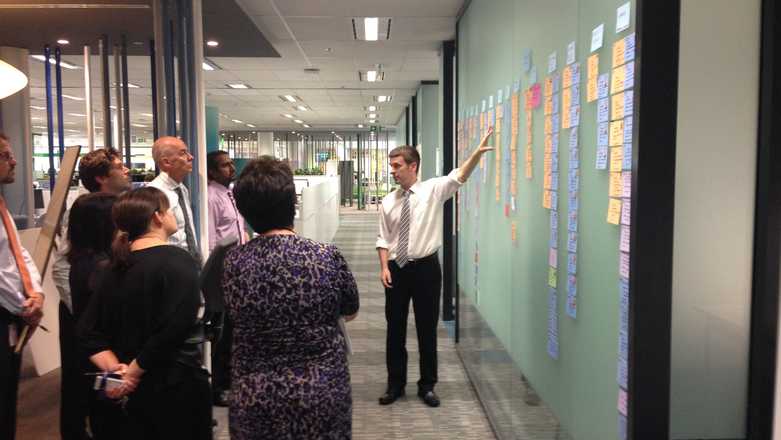
Growth through technology transformation
“The technology piece is in some ways becoming more and more commoditised,” Schembri observes. “It’s all about business value.” A key element of Schembri’s role is working with various partners to deliver the best business transformation results for the company’s clients, which has been especially fruitful when it comes to networks. “We’ve moved to a managed network because it scales really well, and somebody out there can do it better than us.” Schembri adds that the company interviews vendors as thoroughly as it interviews staff, and looks for those who will be as knowledgeable as Fuji Xerox is with its own clients. “Do they come up with value adding solutions? Are they agile and innovative?
“Comscentre has been a really strong partner They’ve evolved, initially coming in as a managed network partner and are now our network provider,” says Schembri. The firm also enjoys relationships with consultancies such as AK Consulting as well as Protiviti, who Schembri has worked with for a number of years. “Some things they probably understand better than us,” he comments, adding that strong partnerships are key to the organisation’s ‘journey to value’ and Protiviti is a key element of this philosophy. “As a wholly owned subsidiary of a Japanese listed entity, we are always held to a very high compliance standard,” Schembri adds. “Protiviti engaged with Fuji Xerox five years ago around some local challenges we had making sure our local IT was compliant.” The organisation initially engaged with the urgent tasks of remediation and risk mitigation, and then went on to build capability within Fuji Xerox, embedding what is now known as ‘Compliance in Context’ – this is the way Fuji Xerox ensures it deploys sufficient amounts of governance to address the real risk.
“As a result of Protiviti’s work our internal understanding and skill level increased, as did our level of compliance,” Schembri adds. “Protiviti also decreased our spend as we became more self-sufficient, so that’s a good example of a partner demonstrating real value to us. Three years ago, when it was decided that Fuji Xerox globally should pursue an ISO 27001 certification, we again engaged Protiviti to help with the initial ‘heavy lifting’, to upskill local staff and to embed ‘Compliance in Context’. We achieved the certification on our first attempt, with no areas of non-conformance, and we’re partnering again with Protiviti to extend our scope and certification.”
As it migrates more and more data to the cloud, Fuji Xerox has also been working with AC3 for a few years. “We worked with them and moved to a managed data centre a couple of years ago as part of a hybrid model,” he explains, adding that Amazon also sits within this category as a cloud provider. Moving to the cloud will stand Fuji Xerox in good stead as it scales its business and develops its customer offering. “It will be more flexible for our purposes, and will allow us to provide more flexible services to our customers, while also having the capacity to improve cost.” While a few years ago, organisations and consumers might have been wary of the cloud, Schembri sees it as a more secure way of storing data than on-premise solutions. “The notion that an in-house data centre is more secure than a co-located environment, particularly a cloud environment, is fundamentally flawed,” he argues, noting that experts who manage co-location data centres are more likely to have experience with many security issues as opposed to individuals from one company. “You even see government is more and more comfortable – they’re signing up for Cloud and Azure. My sense is that the security argument is over.”
Throughout clients’ technology and business transformation journeys, Schembri says that Fuji Xerox is able to bring its knowledge, skilled employee base and carefully cultivated partnerships to bridge the gap between commercial and digital. “Because we somewhat own the market in terms of interface and getting into digital, clients look to us to help them with their non digital transactions too.” Much more than just a tech vendor or software supplier, Fuji Xerox enjoys long term partnerships with its clients. “We work through vendor to partner to trusted advisor, that’s the stage we’re at now,” Schembri explains. “We dominate a lot of our markets and have a long history, which is incredibly valuable. You maintain relationships by understanding the customer: if you create solutions that represent value to them at a price and business model that represents value to us, everybody wins.”
Bringing IT out of the basement
Perhaps the most visible development Schembri has seen – and driven – throughout his career has been in transitioning IT from a single tech department to a leading element of any business. “It used to be a very technical-centric group of bearded guys (though of course beards are trendy now) who nobody wanted to talk to, and frankly they didn’t want to talk to anybody either – they certainly didn’t want to talk about customers.” For a successful digital transformation, bringing the IT department up from the basement to the centre of the organisation is the place to start.
With three adopted children himself, Schembri has often threatened to write a book entitled Adopting IT. “IT was often this group that was trying to find its place in the organisation – the ‘other’ guys – and it really needs to be adopted by the business. They often refer to themselves as ‘IT and the business’, with the business as an ‘other’, while someone in sales might talk about themselves as ‘sales and the rest of the business’.” It’s a change that’s been managed successfully within Fuji Xerox, but this was not without its challenges. “Like all cultural transformations, it was difficult, but we were clear that we wanted not a technology department so much as a service department with a technology speciality.”
As part of the transformation, Schembri brought in people from non-technical backgrounds to roles that required a thorough understanding of the business. “There’s all of that technical competence you need, but actually for enhancing your business, understanding is incredibly powerful. You can teach most people a technical skill much more simply than you can teach a cultural communication skill. You do need to identify aptitude and desire – there will be some people who have no interest in learning about tech and that’s OK – but we certainly look for the soft skills more than the technical skills.”
Within Fuji Xerox, the IM team had the aim of becoming known as ‘Awesome IM’, a central cog in the organisation. “We’re visual all the way to the top,” Schembri comments. “You can walk into our environments and see where we’re at on what roadmap, ahead or behind. Conversely, from the top down, the senior leadership team meets once a month and works through the process of what we’re doing on which projects, following up within three days with a shorter meeting with all the team leaders to review those projects. One of the keys to being successful is that we’re willing to fail fast and stop stuff that isn’t working. Management’s not the art of what you do: it’s the art of what you decide not to do.”
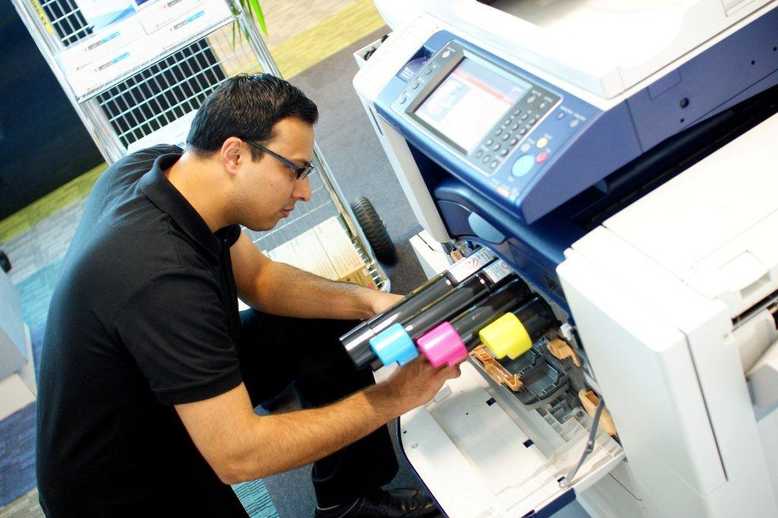
An agile, lean advisor
As a truly tech-led organisation with its own IT function fully transformed (though Schembri is quick to note improvement will always be ongoing), Fuji Xerox can be even more of a trusted advisor to its clients as they undergo their own journeys. “We’re focused on adding value to customers by making it simple, laying down clear pathways of what we need to do. Compliance is really important and the security of clients is sacrosanct,” he adds. “The primary objective is to shorten the time to get clients up and running so they can serve their customers. You’re trying to reduce overheads for them on the internal stuff. We also reduce hard costs through most of our transformations, which allows us to provide better value solutions to customers as well. We’re a business just like our clients, so we’re always challenged to find better ways of doing things.”
For any business embarking on a technology transformation, Schembri emphasises the importance of laying solid foundations before chasing after the bright, shiny object. “What’s the difference between driving a Ford KA and a Ferrari into a brick wall? You get the same result, but one just looks more spectacular when it hits it.” Schembri describes the ideal process as a hierarchy of needs: “The basis of it is learning, and it’s our job to make a learning environment. Then you define standards, which is followed by an emphasis on continuous improvement, and above that is transformation and innovation. Those two things are addictive for executives, but if you don’t do the foundation first it gets ugly.”
Fuji Xerox will continue to support clients from these solid foundations as they undergo their own journeys. “As our business comes up with new offers, it’s about making sure our systems are robust enough to support those processes. While there are more technical challenges to deal with and there always will be, it’s not about technology: it’s about how to stay close to the business and understand what they need and how to fit in with that. We’ll continue to challenge ourselves to provide better value,” Schembri concludes.

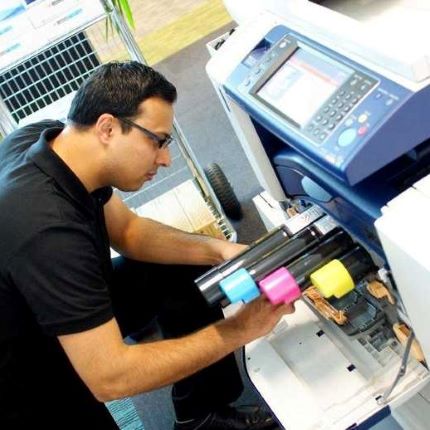
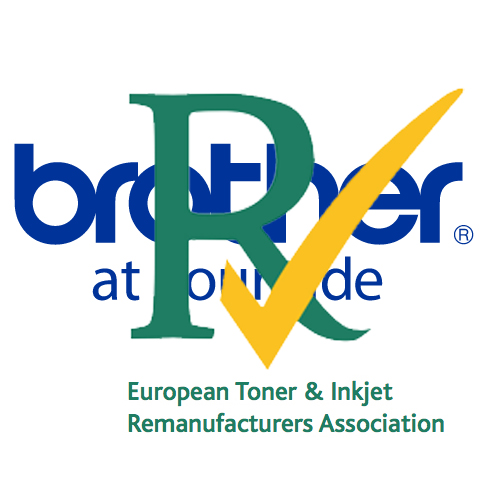
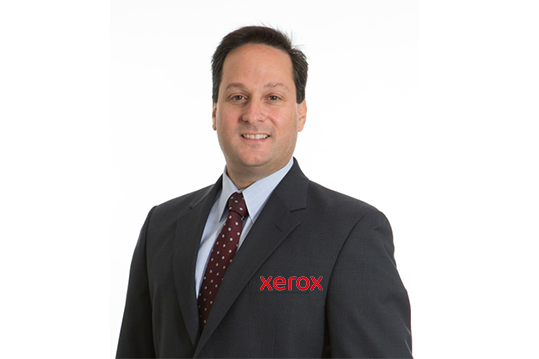
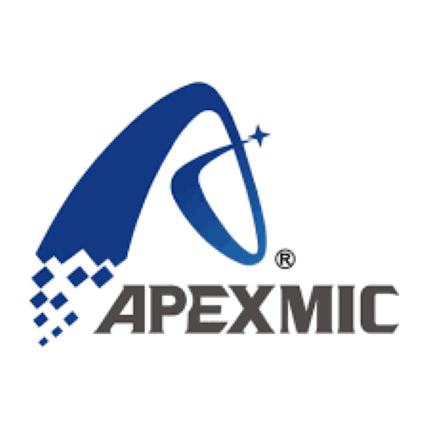

Leave a Comment
Want to join the discussion?Feel free to contribute!